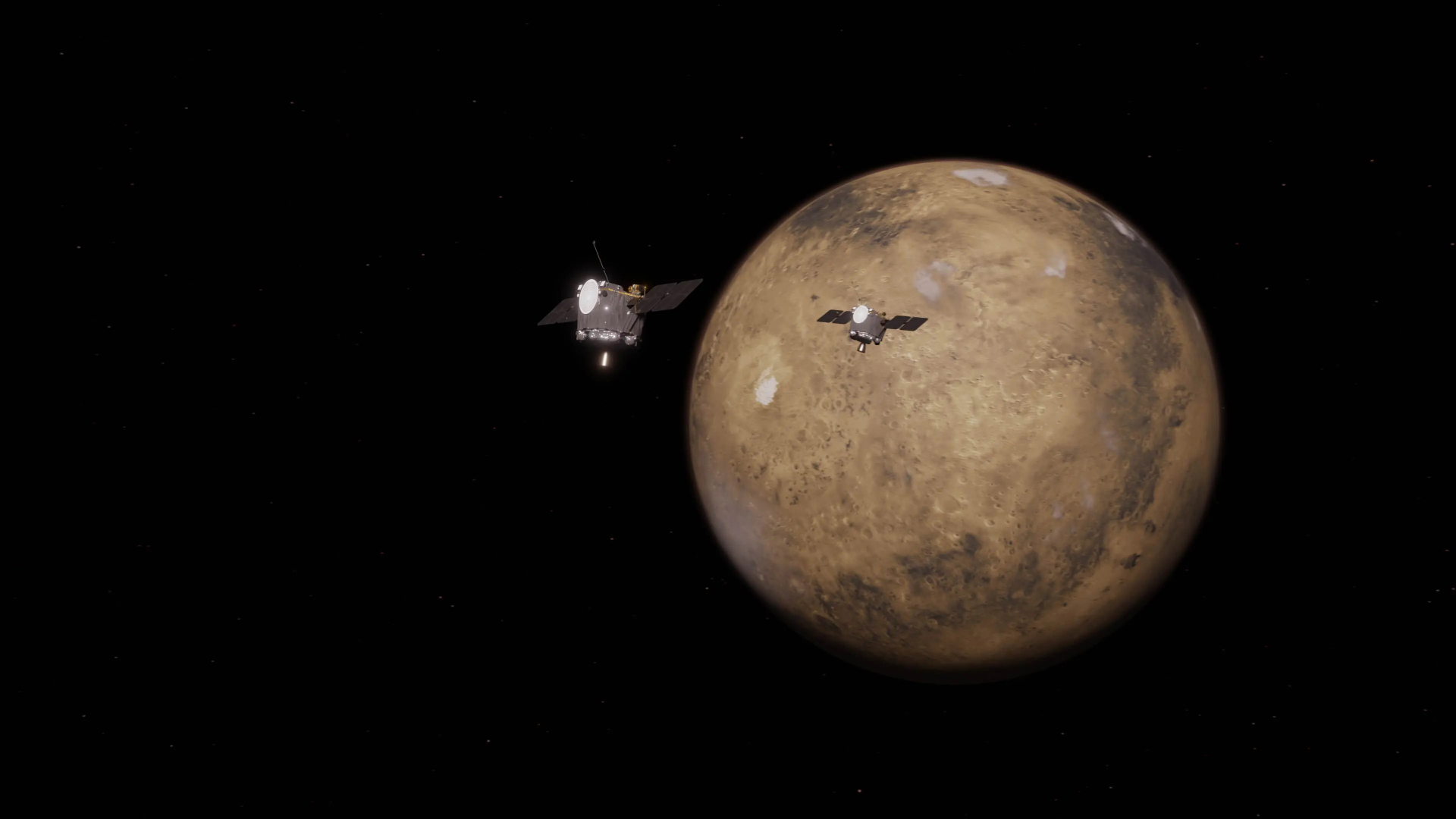Forget Darth Vader and the Emperor: The Empire has never been scarier than in 'Andor' season 2
There's no lightsabers or planet-killing super-weapons (yet), but the latest season of the 'Rogue One' prequel shows what the Rebels are fighting against.
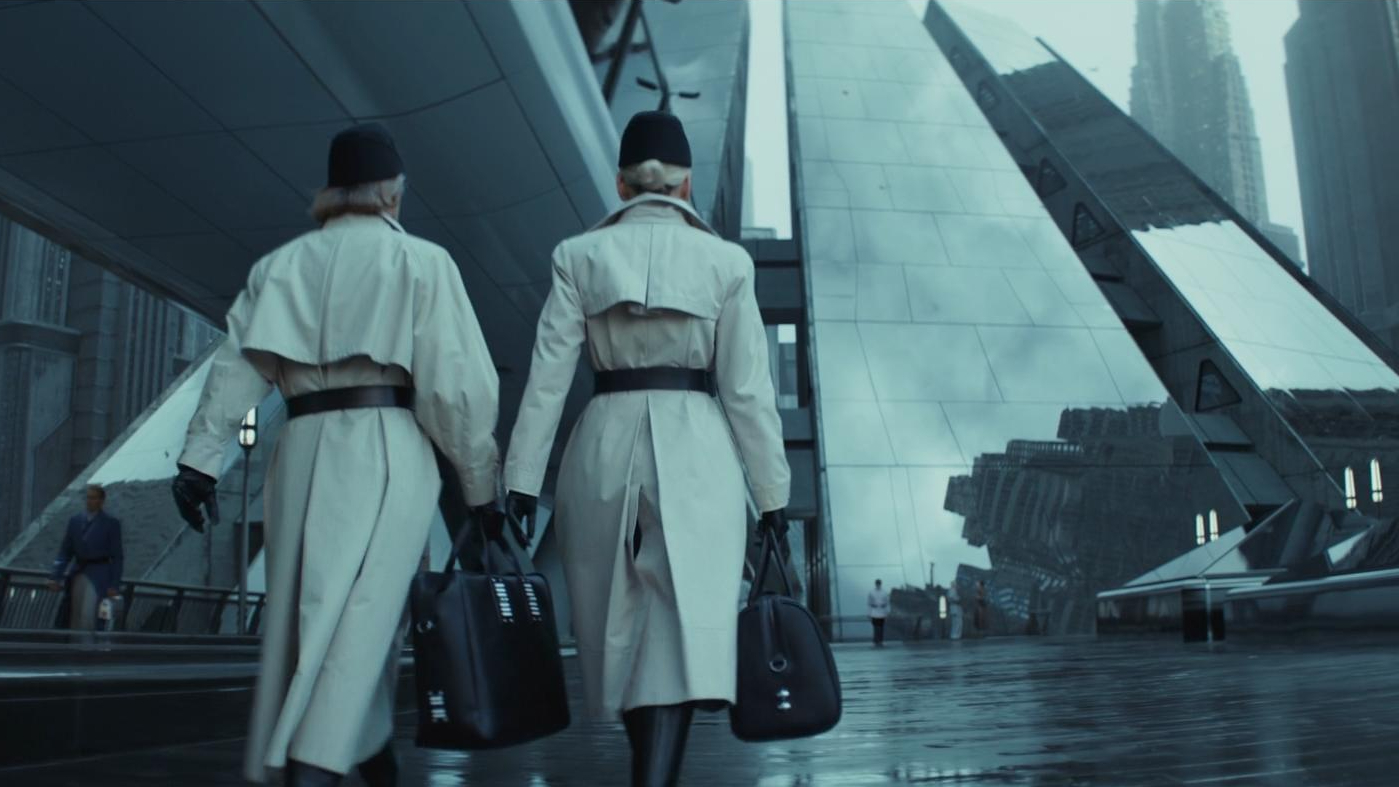
The Galactic Empire has always had an appetite for the theatrical. It's the Sith Lords sitting at the top table who set that agenda, whether it's Darth Vader stomping down corridors in a billowy cape (Edna Mode, look away) or the Emperor shooting lightning from his fingertips like a Marvel supervillain. You don't bring out the AT-ATs for ground assaults unless you're trying to make a statement, and what is a gigantic moon-shaped battle station if not a colossal act of show-offery?
However, the ability to destroy a planet is insignificant next to the crushing, bureaucratic power of the Empire at the peak of its powers in "Andor"'s second season. Vader and Palpatine may grab the headlines with their pantomime villainy and Force-powered party tricks, but a right-hand man with a penchant for crushing windpipes isn't going to keep multiple star systems under control all by himself.
Instead, it's the casual "just doing our jobs" cruelty exhibited by the lower ranks of the organization that's truly chilling. They're like the infamously jobsworth Vogons, the species who unquestionably demolished the Earth to make way for a hyperspace bypass in "The Hitchhiker's Guide to the Galaxy" — and they don't even have a weakness for bad poetry.
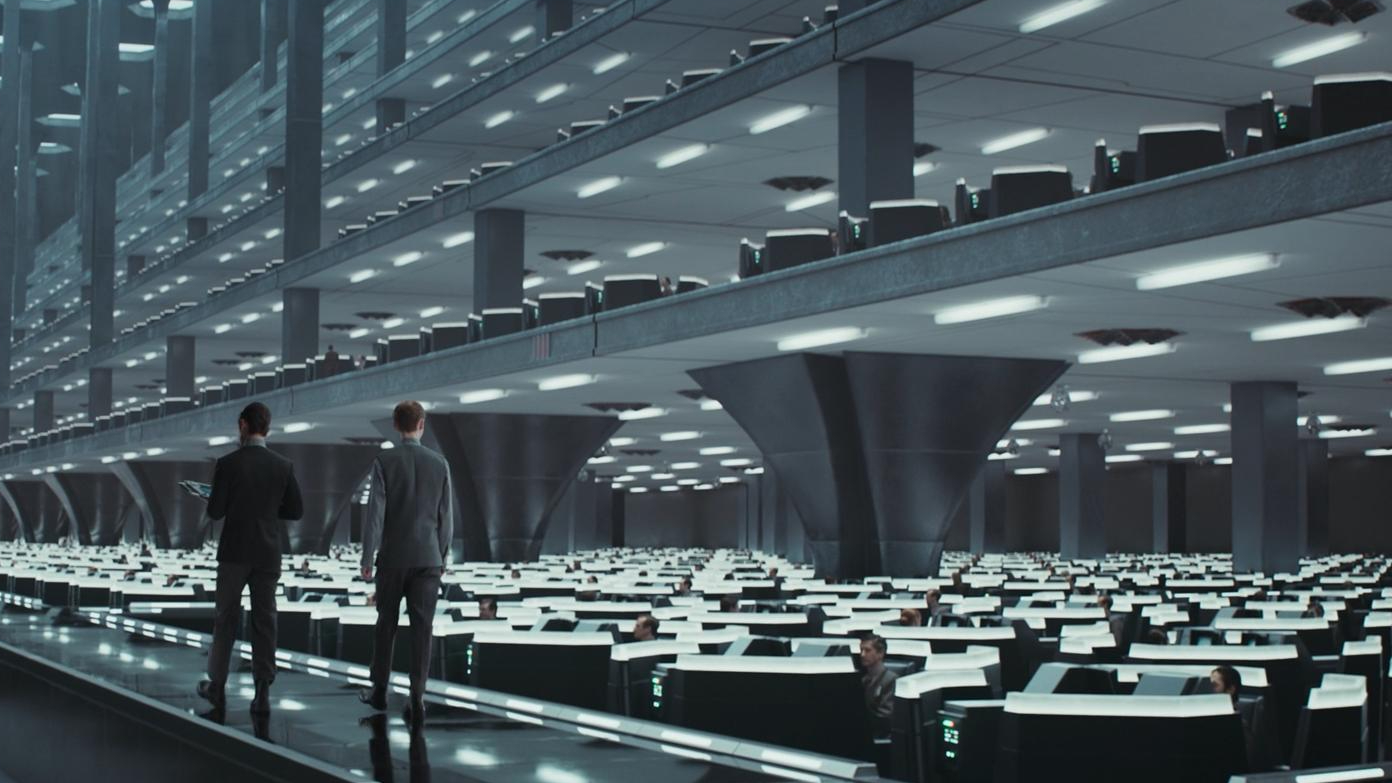
Warning: This article contains spoilers for Andor and its prequel Rogue One: A Star Wars Story.
The Empire has taken some time to get to this point. By the time "Andor"'s second season kicks off, 15 years have passed since Palpatine instigated his silent revolution in "Revenge of the Sith", morphing the Galactic Republic into the Empire under everybody's noses. Many citizens would have believed life under the new regime was simply business as usual — what is the difference between a Supreme Chancellor who's clung onto power too long and a bona fide dictator? — and turned a blind eye as the government took a turn for the authoritarian.
Indeed, as the free-thinking Clone Troopers were retired in favor of less skilled conscripts, and the power of the democratically elected Galactic Senate dramatically reduced, so glacial that nobody realized they were happening until it was too late. The prequel trilogy of the Star Wars movies has already established that Palpatine is more than happy to play the long game, so what's a few extra decades in the pursuit of unlimited power?
And in the "Andor" era (set, like the animated series "Star Wars Rebels," during the build-up to "A New Hope") he's got his machinery of oppression well and truly in place, conditioned to do his evil bidding by reflex. Even as Imperial forces ramp up the oppression on the unfortunate Ghorman, one of the leaders of the resistance admits that "many of us believe the Emperor has no idea what's being done on his behalf," and that the ISB (Imperial Security Bureau) is running a shadow government. If only he was a fly on the wall when Director Orson Krennic told his most trusted officers that the Emperor considers their planet expendable, that rendering the planet unlivable is a price worth paying for the precious calcite he needs to meet his Energy Initiative (cough, Death Star) aspirations. It's Dictatorship 101 — if you're going to do something unpopular, let someone else deal with the bad PR.
Breaking space news, the latest updates on rocket launches, skywatching events and more!
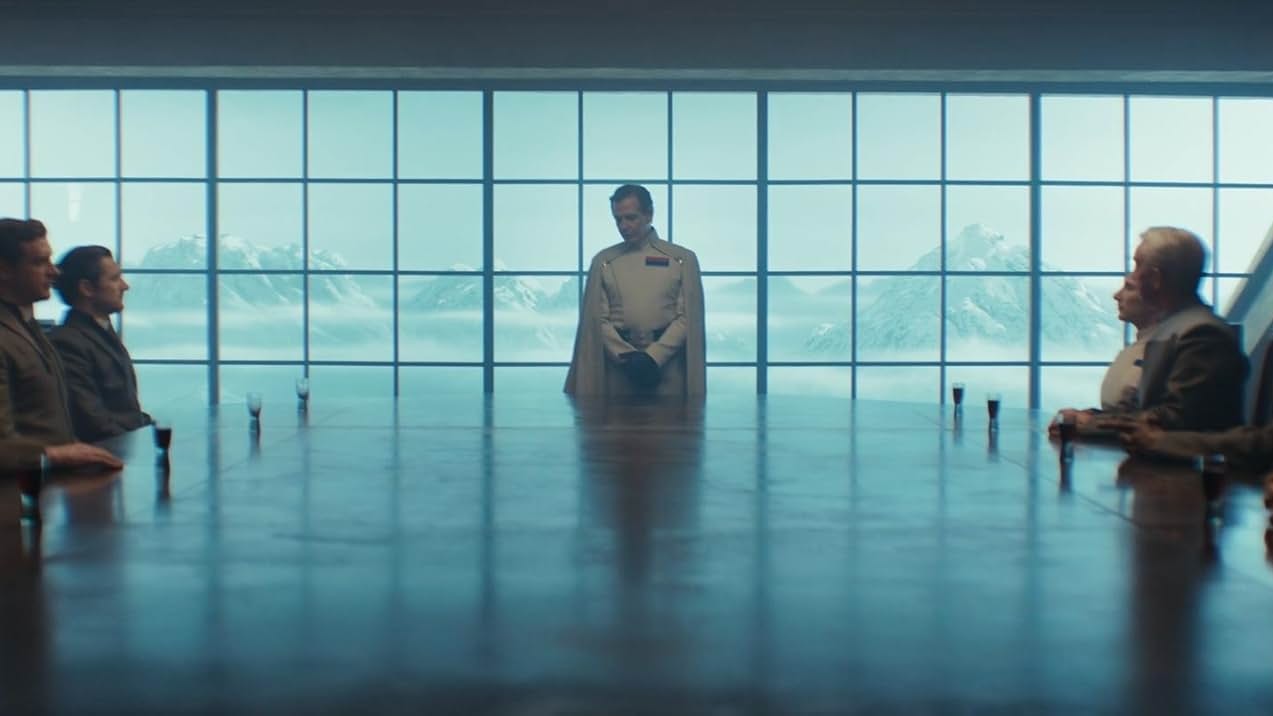
Perhaps the most telling thing about that Maltheen Divide meeting is that few of the officers in the room really bat an eyelid about the impending plans for Ghorman. Sure, some are a little surprised at the drastic lengths they're about to go to, but ultimately this is all in a day's work for an Imperial stooge.
Their ultimate aim for Ghorman is way more nefarious than blowing up Alderaan in a single laser blast. Not only does the Empire intend to leave the planet a wasteland via gouge mining, it wants to discredit its people completely by "weaponizing galactic opinion." Even before "Andor" season 2 has started, the propagandists at the Orwellian Ministry of Enlightenment have been working hard to spread the notion that the people of Ghorman — essentially London's Savile Row on a planetary scale — are inherently arrogant. Supervisor Dedra Meero's big plan involves encouraging "Ghorman rebels you can depend on to do the wrong thing," diminishing galactic sympathy for their plight in the process. By the time the inevitable Imperial massacre of innocent civilians takes place — as anyone who's seen " Rebels" knows it will — the powers-that-be hope that everybody will have long since given up caring.
This is just the latest in a long line of atrocities committed in the Emperor's name. In "Andor" we hear about the "Tarkin massacre" that took place years ago on Ghorman, during which the eponymous Grand Moff insisted a cruiser be landed on a busy town square full of unarmed people. Then there's the story of the Empire brutally crushing resistance to a refueling station on the moon of Dizon Fray by killing the sentient species who lived there. Recordings of the screams of Dizonite children were used to torture Bix Caleen, who later became the victim of attempted rape by an Imperial officer auditing the agricultural world of Mina-Rau. In "Andor," this kind of abhorrent behavior has become normalized, raising the question: just how many similar acts have been committed elsewhere?
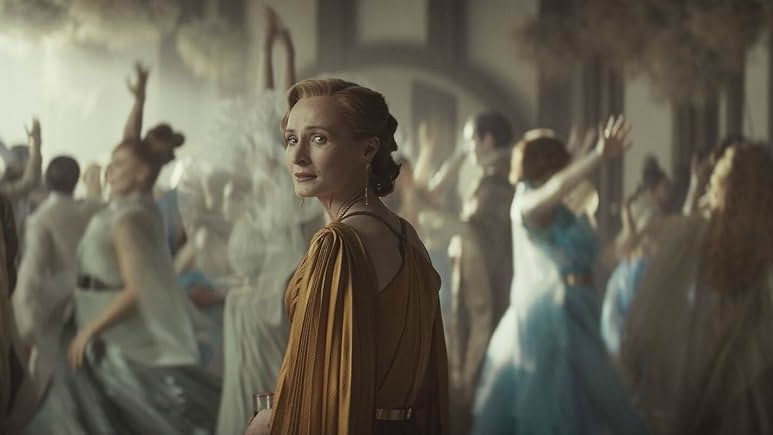
And that's just how the Empire wants it, because even when you have all the starships and stormtroopers (just as expendable as the general populous) in the galaxy, you still need a little something extra to ensure your citizens are too scared to speak out. Even a long-standing, respected politician like Mon Mothma (honorable senator for Chandrila) spends the series looking over her shoulder, knowing that any slip of the tongue could spell the end of her career, her freedom, and even her life.
The irony, of course, is that the more the Empire erodes people's freedoms — the Senate, the last illusion of democracy, will be dissolved in "A New Hope — the more they'll be encouraged to stand up.
"Andor" provides essential context on what the Rebels have been fighting against all along, adding depth to every subsequent story in the "Star Wars" timeline — whether it's Luke Skywalker signing up for the Rebellion or General Leia Organa leading the Resistance against the First Order, the Empire's spiritual heirs, in the sequel trilogy.
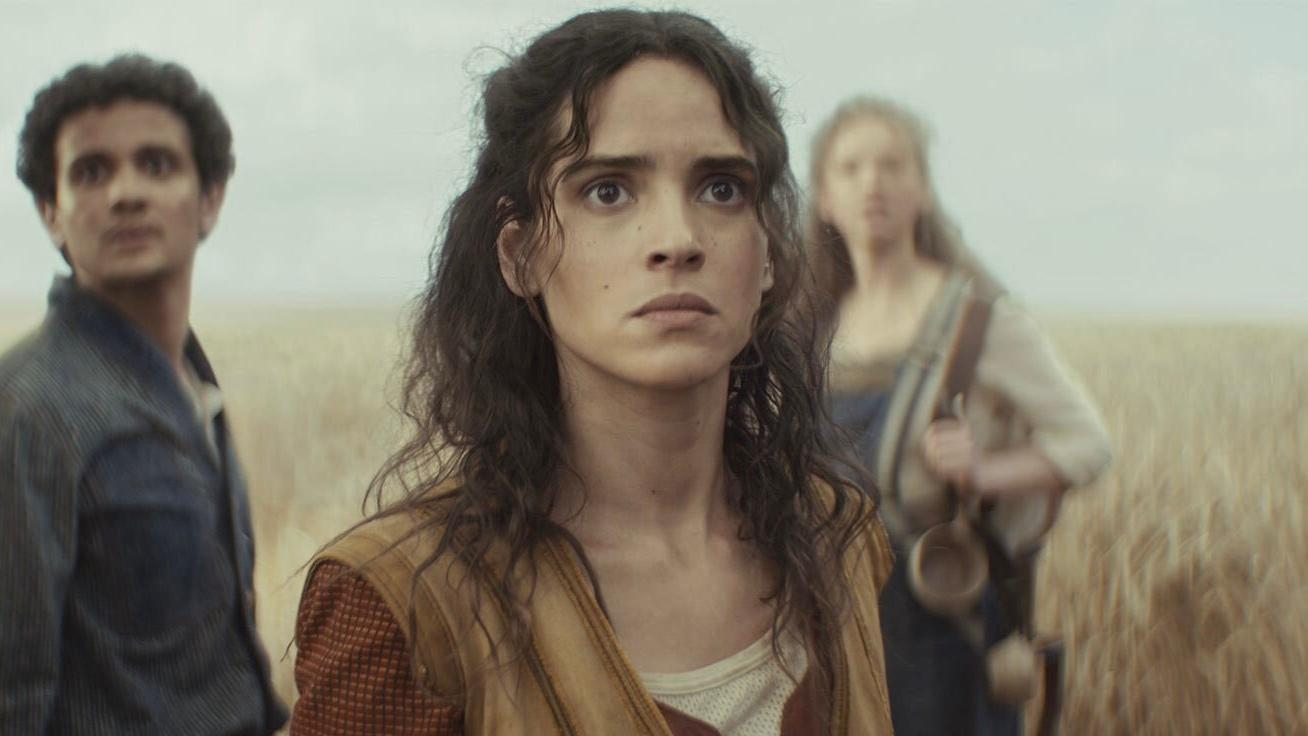
As with "Battlestar Galactica," a show that shares a lot of DNA with "Andor," you can find all sorts of real-world allegories (both historical and current) for the storylines if you choose to. In many ways it's the closest to home George Lucas's famous galaxy far, far away has ever felt; a story that feels as much about planet Earth as Coruscant, Ferrix, Yavin IV, and the rest. After all, who needs Death Stars when the Empire's middle management and foot soldiers can propagate an entirely different kind of fear across the universe?
New episodes of "Andor" season 2 stream on Disney+ on Tuesdays in the U.S. and Wednesdays in the U.K.
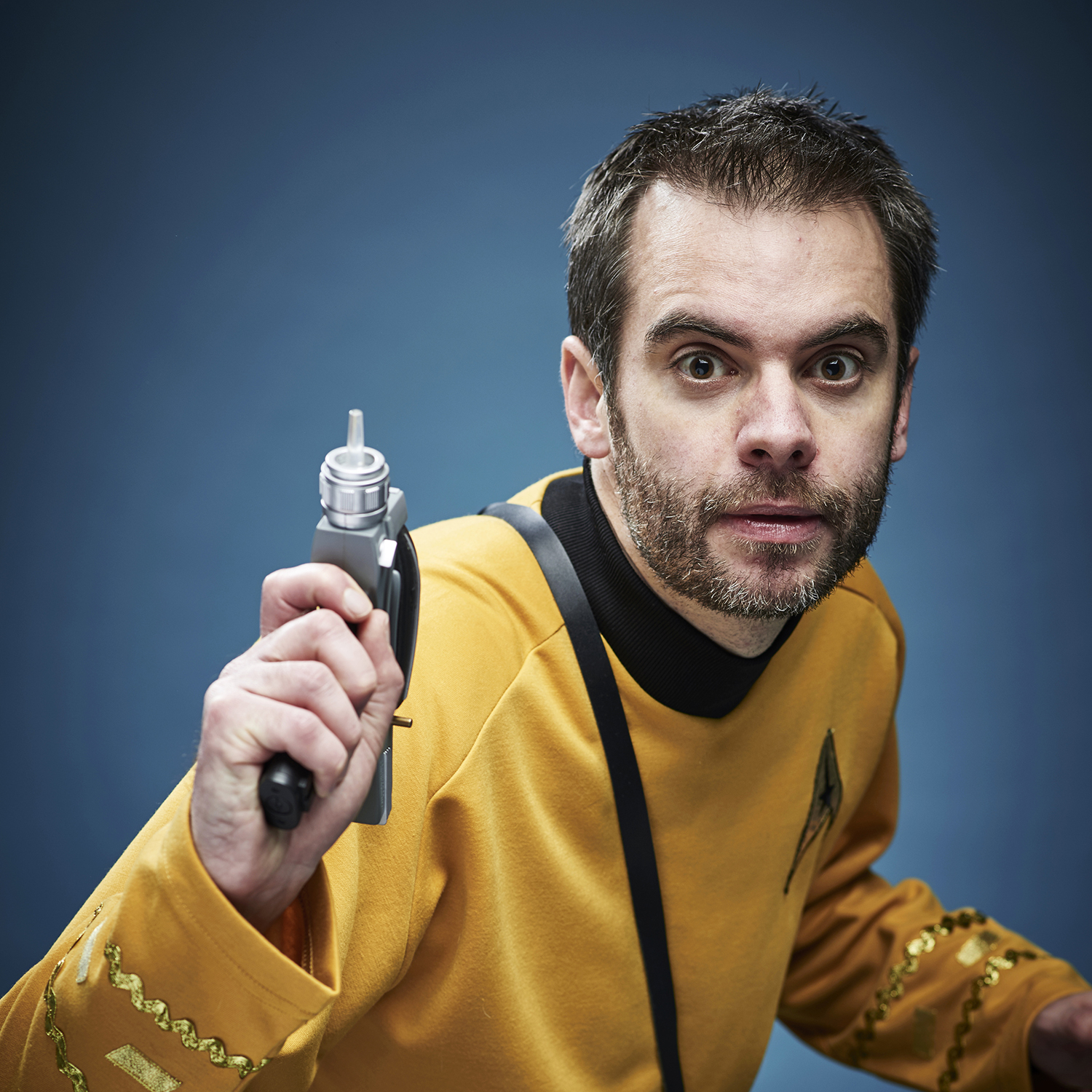
Richard's love affair with outer space started when he saw the original "Star Wars" on TV aged four, and he spent much of the ’90s watching "Star Trek”, "Babylon 5” and “The X-Files" with his mum. After studying physics at university, he became a journalist, swapped science fact for science fiction, and hit the jackpot when he joined the team at SFX, the UK's biggest sci-fi and fantasy magazine. He liked it so much he stayed there for 12 years, four of them as editor.
He's since gone freelance and passes his time writing about "Star Wars", "Star Trek" and superheroes for the likes of SFX, Total Film, TechRadar and GamesRadar+. He has met five Doctors, two Starfleet captains and one Luke Skywalker, and once sat in the cockpit of "Red Dwarf"'s Starbug.
You must confirm your public display name before commenting
Please logout and then login again, you will then be prompted to enter your display name.
